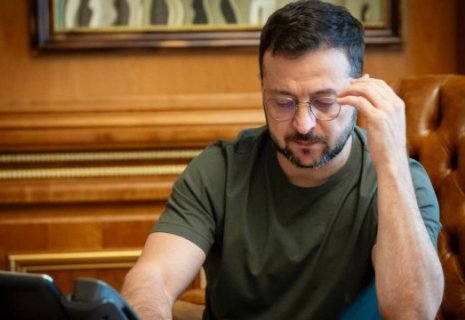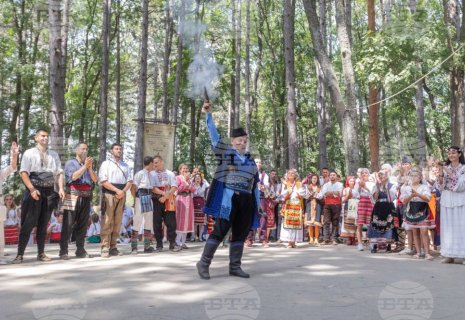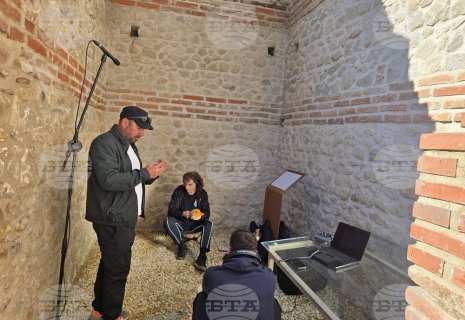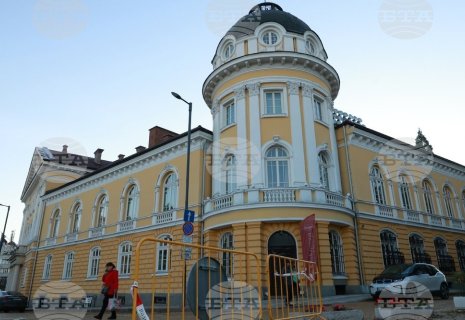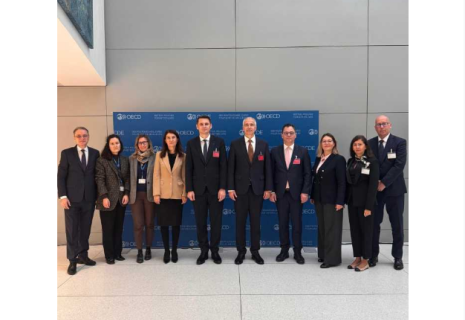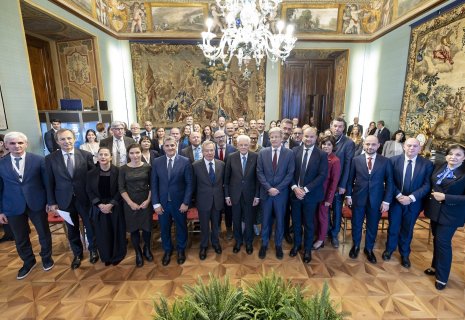
Turkish composer wins best symphonic work at Beethoven competition
The capriccio (a freely structured piece composed for instrument or voice) prepared by Assoc. Prof. Mehmet Güneş Açıkgöz, a faculty member of İnönü University’s Faculty of Fine Arts and Design, Department of Music Sciences, was awarded “best symphonic work” at the Beethoven International Music Competition.
Açıkgöz’s 6-minute “Bridal Procession Capriccio,” which tells the story of the Turkish tradition of taking the bride from her family’s home, competed against works by composers and musicians from more than 60 countries at the UK-based Beethoven International Music Competition, CE Report quotes Anadolu Agency.
The capriccio, which combines the sorrow of the “bride’s side” and the excitement of the “groom’s side” with the polyphony of local and Western music, won the “best symphonic work” award.
Açıkgöz told an AA correspondent that the capriccio he composed reflects a ritual found in Turkish traditions.
Explaining that Turkish weddings involve both sorrow and celebration, Açıkgöz said:
“In everyday language we talk about the ‘bride’s side’ and the ‘groom’s side.’ The bride’s side always carries a slight sadness. But no matter what, the bridal procession is actually a very lively and festive ritual in our tradition. In the piece, I wanted to show that even though we move toward Westernization, we cannot remove this ritual from our weddings. Its foundation still remains loyal to our traditions. The piece emphasizes this. Even though the orchestration and initial themes seem European, or the melodic lines appear to follow Western musical methods, suddenly the piece turns to Turkish musical motifs and melodies. In fact, in the development section, the clarinet and trumpet even perform taksim (improvised solo). Blended with our traditions, the piece gained an entirely different dimension. The melodic structure of Turkish music is one of our greatest riches. Combined with Western polyphony, it created a powerful effect, and I am very happy about that.”
Harput and Balkan influences
Emphasizing the richness of Turkish musical culture and its regional diversity, Açıkgöz said:
“Each of our regions carries a different touch, a different emotion, a different variety. Naturally, the piece also reflects this culture. The use of taksim, the clarinet’s style of improvisation reminiscent of the Harput region, and the trumpet’s phrasing suggesting Balkan influences—when all of these merge, they become complementary elements of our culture. When we think of this ritual region by region, it may differ, but the ritual itself continues in the same way everywhere. That’s why it functions both as a collage of our culture and as a classical piece blended with Western music.”

